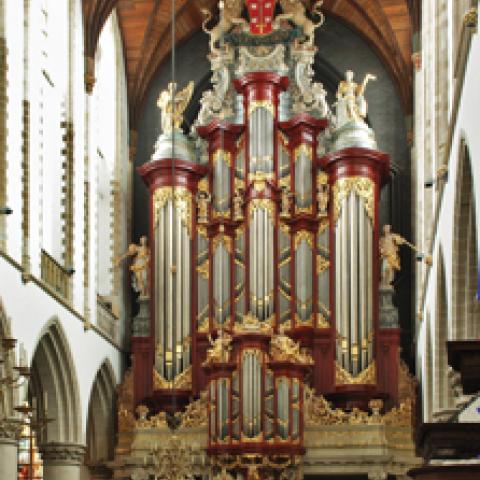THE DIAPASON
The Haarlem International Organ Festival will take place July 16–31. The schedule includes an improvisation competition, summer academy, recitals, and other activities.
The 48th improvisation competition for organists will consist of two rounds, played on the 1738 Müller organ of the Grote of St. Bavokerk and the Cavaillé-Coll organ of the Philharmonie Haarlem concert hall.
Deadline for application is February 13, 2010. The summer academy for organists will take place July 19–31, with a total of 12 courses, a seminar, an organ excursion, and daily lectures. A new part of the academy is the young talent class for a select group of organists aged 13–18.
Deadline for applications is December 1.
For information: www.organfestival.nl.




